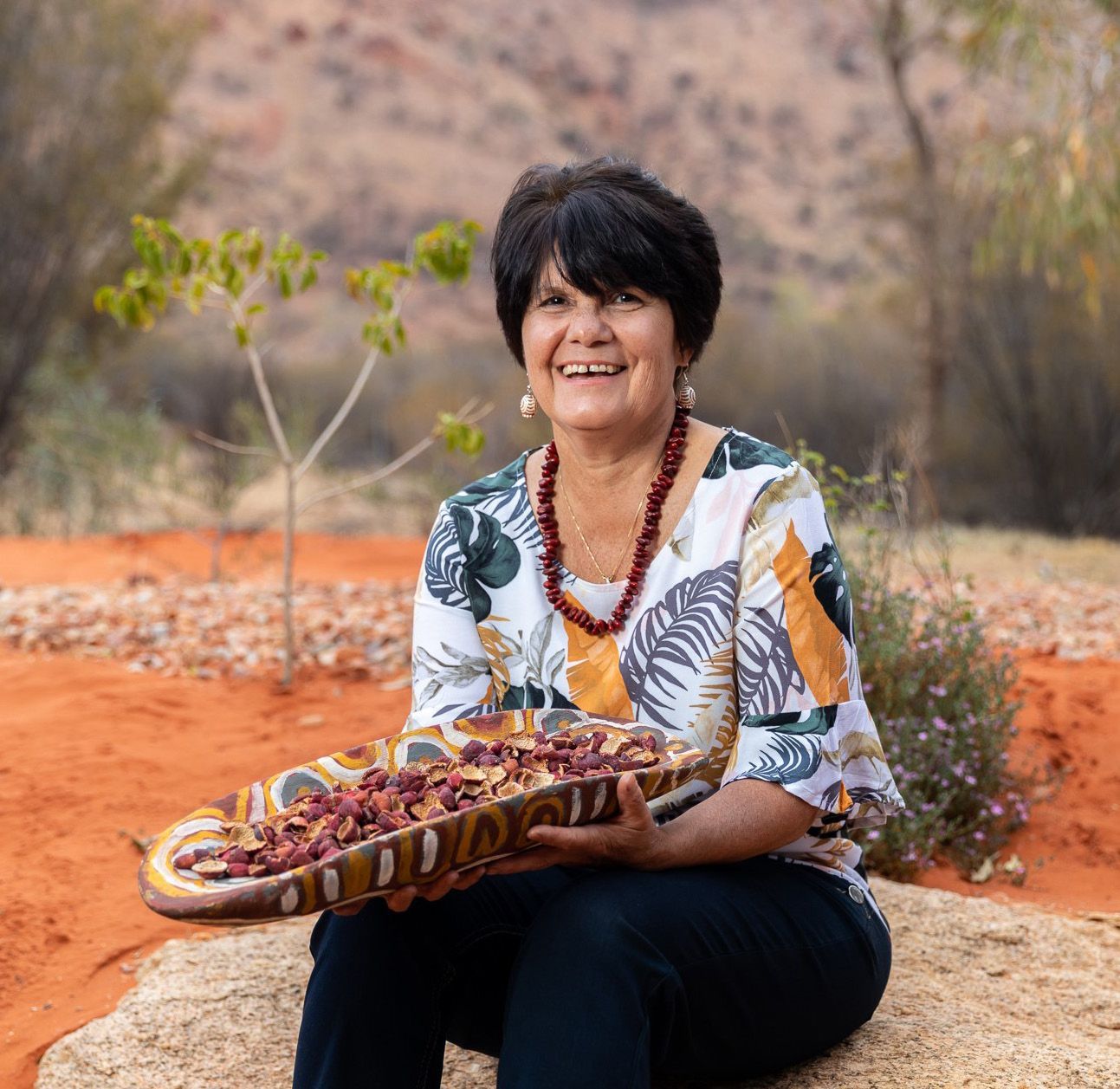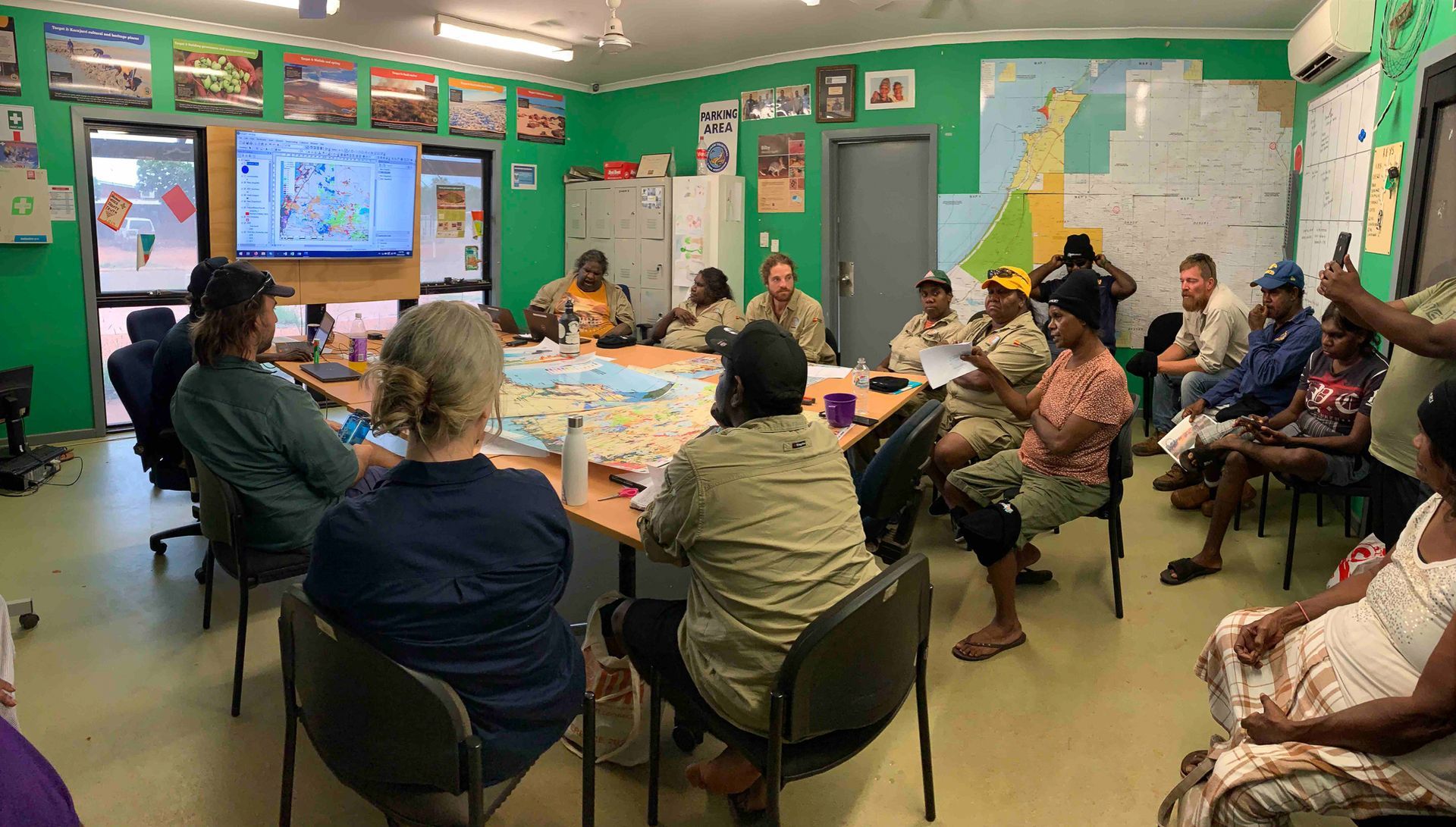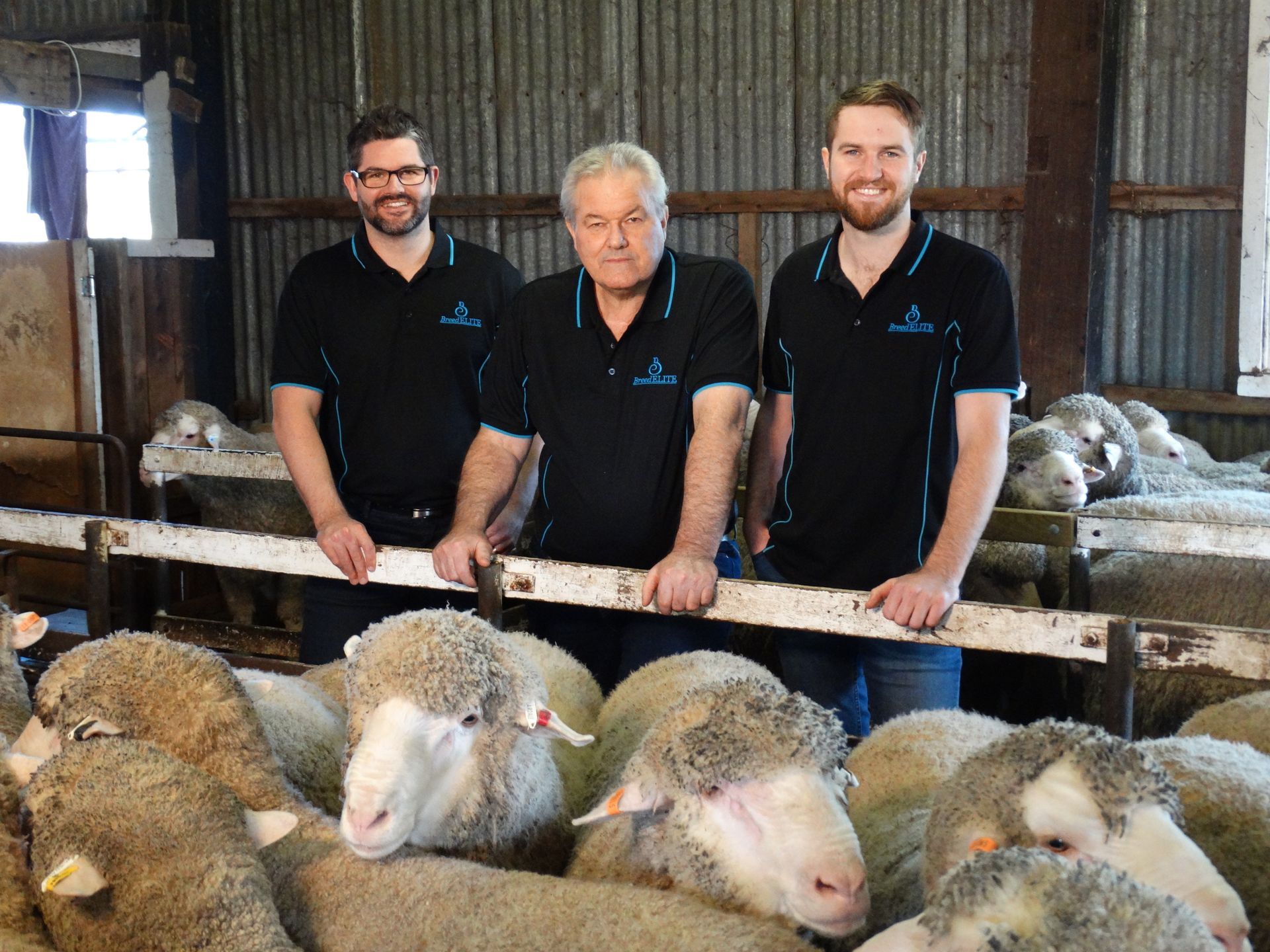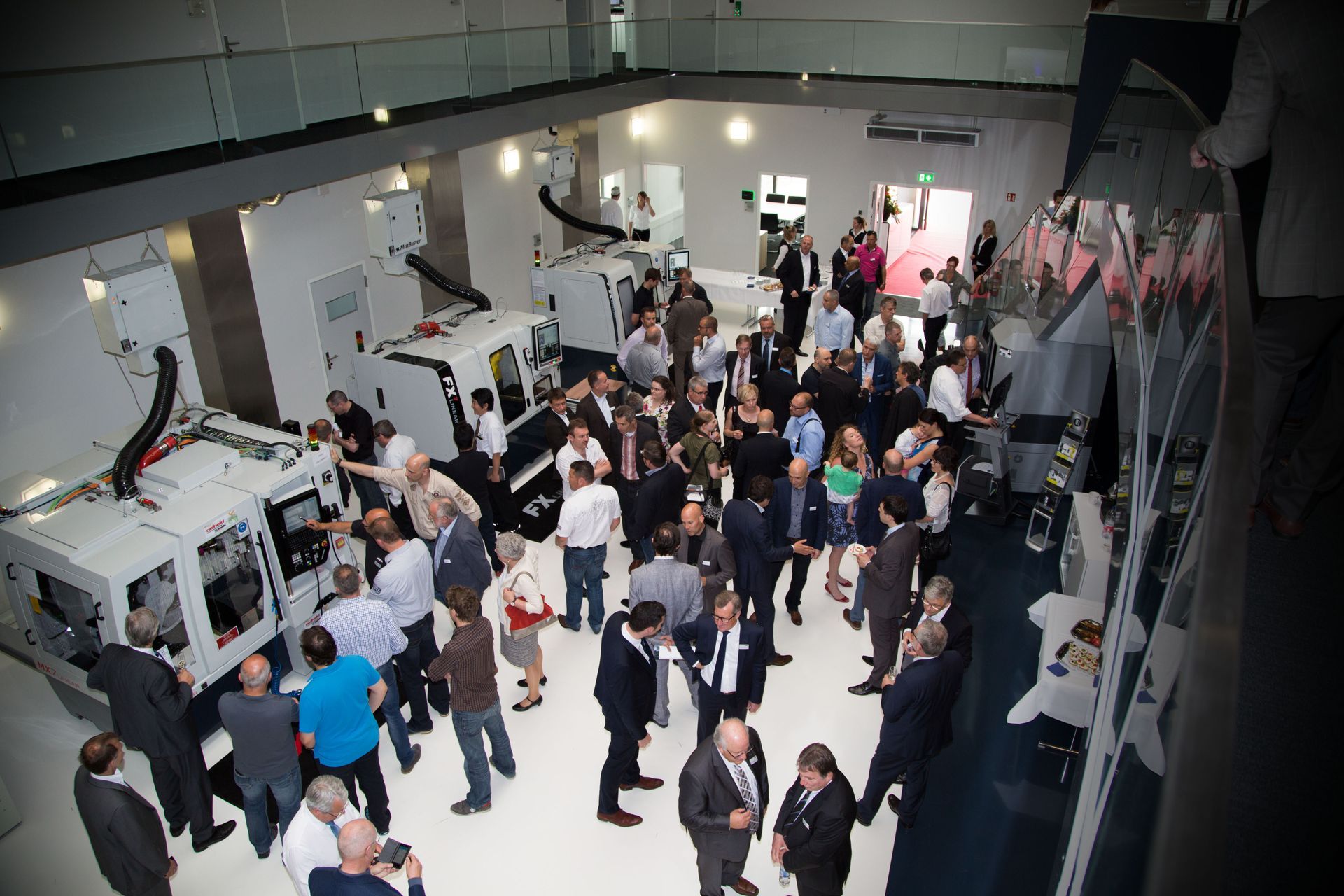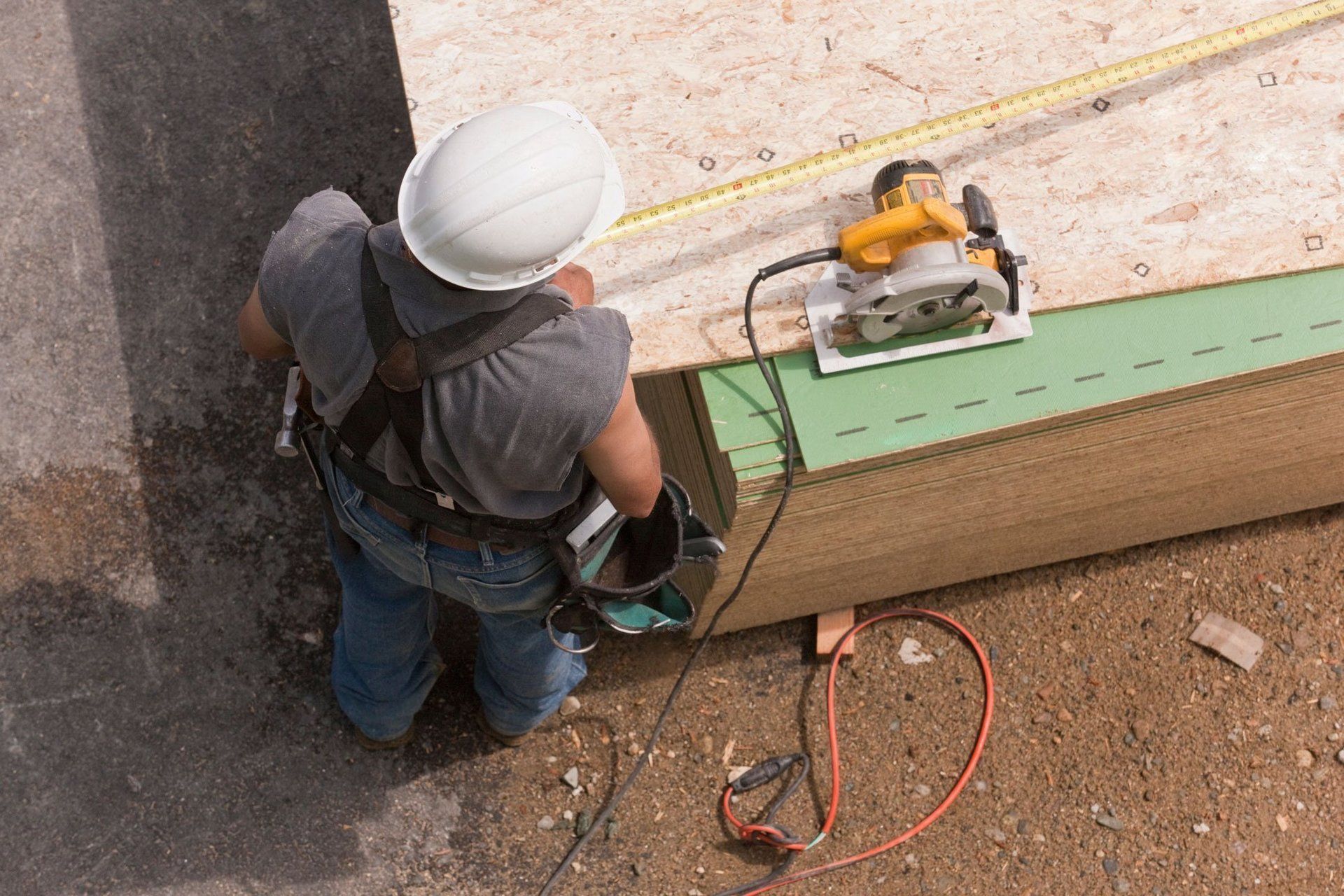Drones rebuilding burnt landscapes
Madeleine Achenza
Australian drone companies are automating the reforestation of 30 million hectares of land lost during the bushfire season, with one prototype capable of planting 40,000 seeds per day.

During the bushfire season, drones have been used to survey land, identifying and quantifying wildlife, plant species, and property that has been lost.
On the South Coast, animal welfare agency WIRES has partnered with tech company, UAV, using drones to find injured wildlife.
The SES and Defence Force have also used drones and unmanned boats to transfer supplies to stranded locals
in the village of Wytaliba, in Northern NSW.
The next step is using drones to reforest decimated areas, with one start-up, Air Seed, raising capital to be the first company in Australia to do so.
Andrew Walker, co-founder of AirSeed, says its drones can plant two seeds every second, which is approximately 40,000 trees a day. The drones fly above the affected area, dropping pods filled with local soils and native plant seeds in a grid pattern.
To achieve their goal of planting 100 million trees a year by 2023, AirSeed would require as few as eight drones in operation every day of the year.
AirSeed began its first benchmark trials in Africa in June, having engineered a seed pod that can be modified to suit the needs of global environments. The company can customise the seed pods with local soils, getting the balance of minerals correct for each species and area.
As Walker explains to Innovation Intelligence, “You can’t be planting the same seed pods in South Africa that you would use in Australia, so we had to develop a solution, which was to manufacture onsite.”
A 20ft shipping container can be transported to each site, with tools to turn the raw materials collected locally into a tailored seed pod.
On the South Coast of NSW, AirSeed is collaborating with local forest management and timber exporter, Pentarch Forestry, to supply seeds.
“The problem is so large, I mean, we've lost so many species: trees, grass, everything,” said Walker, “We are restoring a native forest. You have to restore it in a way that is balancing the ecosystem and introducing foreign seed stock it's just not a viable solution.”
Pentarch Forestry currently exports softwood and hardwood log species, including Shining Gum, Southern Blue Gum and Sydney Blue Gum, all native to eastern Australia.
Even with a germination rate of 80 per cent, AirSeed says survivability of plants beyond the first eighteen months is critical during reforestation. Extreme weather events such as flash flooding and bushfire can uproot successful germinations, and are becoming increasingly common due to climate change.
Walker says, “We don't just plant them in the ground and walk away. We’re constantly involved once they're in the ground to ensure that they're successful.”
According to the company, there are only two competitors for AirSeed in drone reforestation of bushfire zones: Drone Seed, based in Seattle, USA and Dendra Systems, based in Oxford, UK. Walker contends that AirSeed has a better carbon composition than the competition in its seed pods to increase survivability, but welcomes the competition.
Walker says, “We need to find a way to help mitigate the problem. This is such a new industry, we see it as a collaborative industry as well. We want each other to be successful because at the end of the day, the problem is so big that we want people to come up with ideas to try to solve it.”

In 2016 I published a blog article titled Moonshots for Australia: 7 For Now. It’s one of many I have posted on business and innovation in Australia. In that book, I highlighted a number of Industries of the Future among a number of proposed Moonshots. I self-published a book, Innovation in Australia – Creating prosperity for future generations, in 2019, with a follow-up COVID edition in 2020. There is no doubt COVID is causing massive disruption. Prior to COVID, there was little conversation about National Sovereignty or supply chains. Even now, these topics are fading, and we remain preoccupied with productivity and jobs! My motivation for this writing has been the absence of a coherent narrative for Australia’s business future. Over the past six years, little has changed. The Australian ‘psyche’ regarding our political and business systems is programmed to avoid taking a long-term perspective. The short-term nature of Government (3 to 4-year terms), the short-term horizon of the business system (driven by shareholder value), the media culture (infotainment and ‘gotcha’ games), the general Australian population’s cynical perspective and a preoccupation with a lifestyle all create a malaise of strategic thinking and conversation. Ultimately, it leads to a leadership vacuum at all levels. In recent years we have seen the leadership of some of our significant institutions failing to live up to the most basic standards, with Royal Commissions, Inquiries and investigations consuming excessive time and resources. · Catholic Church and other religious bodies · Trade Unions · Banks (and businesses generally, take casinos, for example) · the Australian Defence Force · the Australian cricket teams · our elected representatives and the staff of Parliament House As they say, “A fish rots from the head!” At best, the leadership behaviour in those institutions could be described as unethical and, at worst….just bankrupt! In the last decade, politicians have led us through a game of “leadership by musical chairs” – although, for now, it has stabilised. However, there is still an absence of a coherent narrative about business and wealth creation. It is a challenge. One attempt to provide such a narrative has been the Intergenerational Reports produced by our federal Government every few years since 2002. The shortcomings of the latest Intergenerational Report Each Intergenerational Report examines the long-term sustainability of current government policies and how demographic, technological, and other structural trends may affect the economy and the budget over the next 40 years. The fifth and most recent Intergenerational Report released in 2021 (preceded by Reports in 2002, 2007, 2010 and 2015) provides a narrative about Australia’s future – in essence, it is an extension of the status quo. The Report also highlights three key insights: 1. First, our population is growing slower and ageing faster than expected. 2. The Australian economy will continue to grow, but slower than previously thought. 3. While Australia’s debt is sustainable and low by international standards, the ageing of our population will pressure revenue and expenditure. However, its release came and went with a whimper. The recent Summit on (what was it, Jobs and Skills and productivity?) also seems to have made the difference of a ‘snowflake’ in hell in terms of identifying our long-term challenges and growth industries. Let’s look back to see how we got here and what we can learn. Australia over the last 40 years During Australia’s last period of significant economic reform (the late 1980s and early 1990s), there was a positive attempt at building an inclusive national narrative between Government and business. Multiple documents were published, including: · Australia Reconstructed (1987) – ACTU · Enterprise Bargaining a Better Way of Working (1989) – Business Council of Australia · Innovation in Australia (1991) – Boston Consulting Group · Australia 2010: Creating the Future Australia (1993) – Business Council of Australia · and others. There were workshops, consultations with industry leaders, and conferences across industries to pursue a national microeconomic reform agenda. Remember these concepts? · global competitiveness · benchmarking · best practice · award restructuring and enterprising bargaining · training, management education and multiskilling. This agenda was at the heart of the business conversation. During that time, the Government encouraged high levels of engagement with stakeholders. As a result, I worked with a small group of training professionals to contribute to the debate. Our contribution included events and publications over several years, including What Dawkins, Kelty and Howard All Agree On – Human Resources Strategies for Our Nation (published by the Australian Institute of Training and Development). Unfortunately, these long-term strategic discussions are nowhere near as prevalent among Government and industry today. The 1980s and 1990s were a time of radical change in Australia. It included: · floating the $A · deregulation · award restructuring · lowering/abolishing tariffs · Corporatisation and Commercialisation Ross Garnaut posits that the reforms enabled Australia to lead the developed world in productivity growth – given that it had spent most of the 20th century at the bottom of the developed country league table. However, in his work, The Great Reset, Garnaut says that over the next 20 years, our growth was attributable to the China mining boom, and from there, we settled into “The DOG days” – Australia moved to the back of a slow-moving pack! One unintended consequence of opening our economy to the world is the emasculation of the Australian manufacturing base. The manic pursuit of increased efficiency, lower costs, and shareholder value meant much of the labour-intensive work was outsourced. Manufacturing is now less than 6% of our GDP , less than half of what it was 30 years ago!



